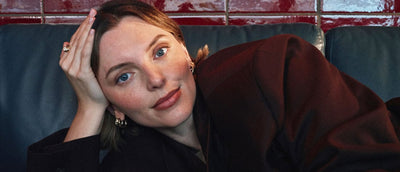Where do pearls come from?
No one can say who discovered pearls originally, but it is thought that they were first found by ancient peoples when scavenging for food. What we can explain, though, is where they come from. It’s time to get a little technical. It all starts with an oyster. When a foreign object enters the oyster - or freshwater mussel - it secretes a crystalline substance called nacre as a defence mechanism. The built-up layers of nacre form a pearl over the course of three to four years.
In the wild, you can expect to find a pearl in one in every 10,000 oysters - which means that natural pearls are pretty rare. For the past 100 years, virtually all sold have originated from freshwater farming - rather than from the wild. This means farmers can ensure all oysters produce a pearl with the right conditions, a process harnessed by Japanese entrepreneur Kokichi Mikimoto in the early 1900s.
This wasn’t the first time that pearls were cultured, though. During The Sung Dynasty, which existed between the 10th and 13th centuries, the Chinese developed the process of making blister cultured pearls. This involved inserting beads and Buddha shapes into freshwater mussels, which would come out later as pearls.
























































